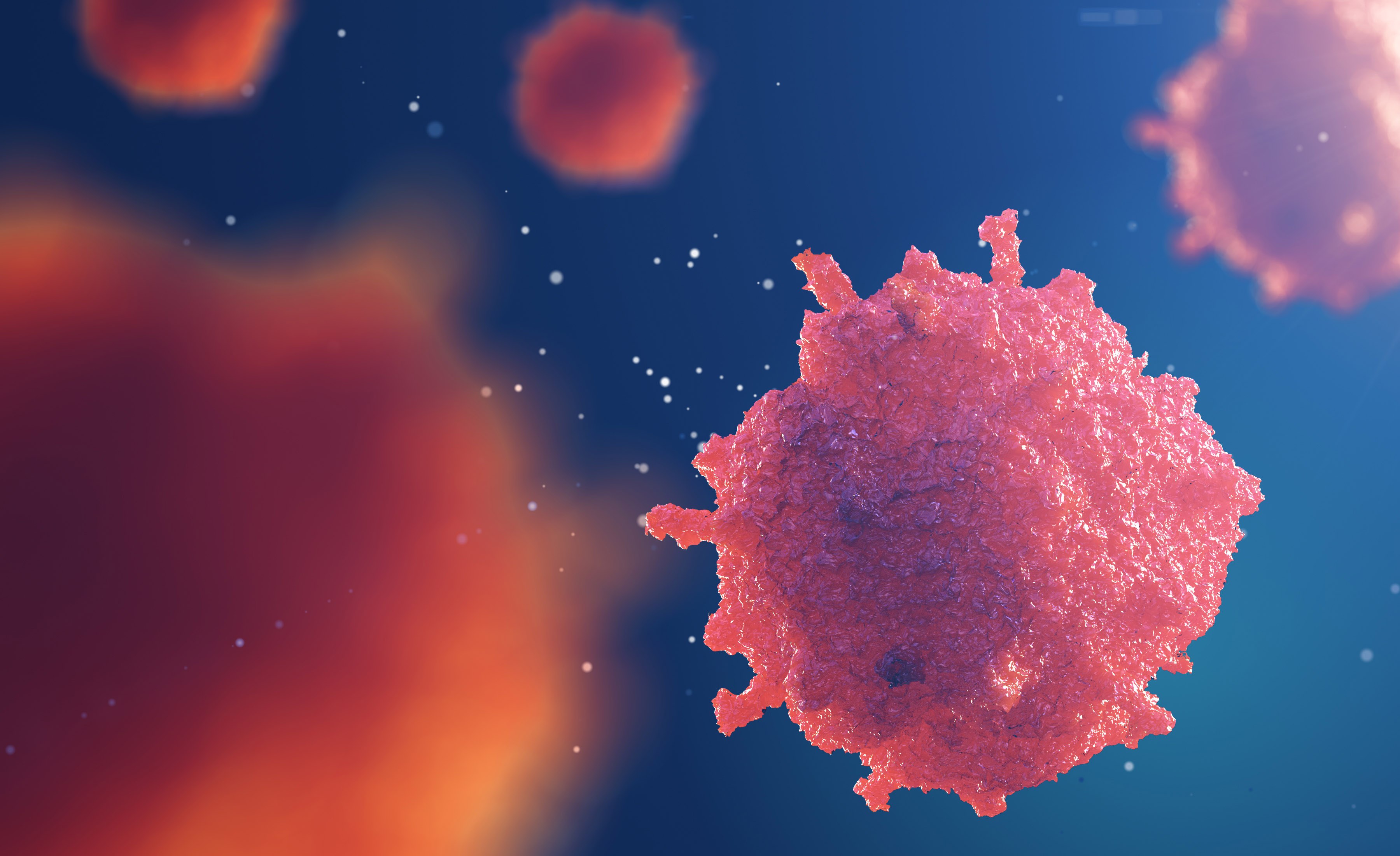Reports of salmonella outbreaks can forewarn us of potential culprits but don’t necessarily keep us safe from contracting the food poisoning altogether. In fact, many stories of salmonella don’t come from packaged food items such as Kellogg’s Honey Smacks. They can come from lettuce sold at a local grocery store or even the seafood buffet at your favorite five-star restaurant.
Although salmonella symptoms can vary from case to case, most of them can put you out of commission for a couple of days (or longer). Discover the most common salmonella symptoms — plus how to treat them — below.

Nausea
One of the most common salmonella symptoms is nausea. Thanks to the severity of the infection — often referred to as food poisoning — nausea might be one of the first symptoms experienced.
Unfortunately, there’s not a whole lot you can do to treat nausea. However, there are a few home remedies worth trying. First, focus on your breathing. Taking deep breaths in through the nose and out through the mouth might help reduce feelings of nausea. In addition to breathing, you might want to try settling the stomach with some ginger tea. If you can stomach it, bland crackers might also help get you over the hump.
Vomiting
With nausea comes the inevitable: Vomiting. Albeit not the most pleasant symptom, vomiting might help make you feel better (less nauseous). After all, your body is trying to get rid of whatever is causing it discomfort.
That said, there are a handful of tricks to help decrease vomiting. Similar to nausea, settling the stomach with ginger tea might help reduce the symptom. And, although it might be hard to put down, some bland crackers could also do the trick. Also, be sure to drink plenty of water, as throwing up can cause dehydration and ultimately make you feel much worse.
Fever
When it comes to salmonella — or any food poisoning for that matter — many of the symptoms typically reflect the flu. If you have salmonella, chances are you feel feverish. Don’t panic, that is a common food poisoning symptom and will eventually subside.
If you experience feverish feelings, make sure to drink plenty of water. You might also want to try taking an over the counter acetaminophen such as Advil.
Chills
With a fever comes chills — which you’re likely to experience with salmonella food poisoning. Unfortunately, there’s not a whole lot you can do to get rid of feverish chills without getting rid of the actual fever itself. Be sure to drink lots of fluids, take an Advil — or other over the counter acetaminophen — and if all else fails, add a few extra blankets to your bed and snuggle up.
Headache
In addition to chills, you might also experience a headache caused by the fever. If that’s the case, be sure to boost fluid intake and follow the above steps for how to get rid of a high temperature. Aromatherapy oils such as Saje Wellness Peppermint Halo can also help.
Abdominal pain
Another common salmonella symptom? Abdominal pain. Because the body is trying to get rid of waste as quickly as possible, abdomen muscles contract more frequently, causing cramps.
While there isn’t a whole lot you can do, settling the stomach with some ginger tea might do the trick. Also, placing a heating pad over your abdomen can also help soothe the symptoms.
Diarrhea
Unfortunately, when the body tries to dispose of bacteria as quickly as possible, it can result in an upset stomach and diarrhea.
When it comes to the treatment of diarrhea, there’s not a lot you can do. However, it’s best to keep hydrated with clear fluids — water, broth, or juice — and avoid alcohol or caffeine.
Check out The Cheat Sheet on Facebook!
Source: Read Full Article